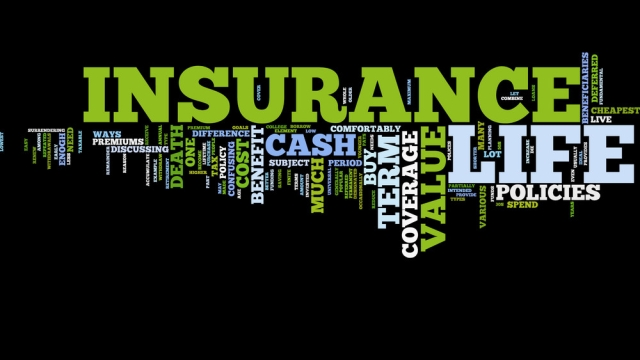
Welcome to the world of Real Estate Rental and Leasing, where opportunities abound for both landlords and tenants to find common ground and mutual benefit. In this dynamic sector, properties are not just physical structures; they are gateways to new beginnings, spaces for dreams to take flight, and investments that hold the potential for fruitful returns. Whether you’re a property owner seeking to maximize the value of your real estate assets or a tenant in search of the perfect space to call home or operate your business, the realm of Real Estate Rental and Leasing offers a spectrum of possibilities waiting to be explored and unlocked.
Types of Real Estate Rental Properties
Residential properties are a popular choice for real estate rental, with options ranging from apartments and single-family homes to townhouses and condominiums. These properties are sought after for their long-term rental potential and the stability they offer to landlords.
Apartments On 290 And Hollister
Commercial properties cater to businesses and can include office buildings, retail spaces, industrial warehouses, and restaurants. Investing in commercial rental properties can provide landlords with higher rental income potential compared to residential properties.
Vacation rentals, such as beach houses, mountain cabins, and city apartments, are becoming increasingly popular for short-term rentals. These properties offer landlords the opportunity to earn higher rental rates during peak tourism seasons and can be managed through platforms like Airbnb and VRBO.
Important Considerations for Leasing Agreements
When entering into a leasing agreement, it is crucial to thoroughly review the terms and conditions laid out in the contract. Pay close attention to the lease duration, rent amount, and any additional fees that may be applicable. It’s important to understand your rights and responsibilities as a tenant to avoid any potential disputes in the future.
Another key consideration when signing a lease is to carefully inspect the property for any existing damages or issues before moving in. Documenting the condition of the rental unit through photos or written descriptions can help protect you in case of disputes over security deposits or responsibility for repairs at the end of the lease term.
Additionally, make sure to clarify any uncertainties or ambiguities in the lease agreement with the landlord or property management before signing. It’s always a good idea to communicate openly and address any concerns you may have to ensure a smooth and satisfactory rental experience.
Maximizing Rental Income Potential
One key strategy for maximizing rental income potential is to keep rental properties well-maintained and attractive to potential tenants. This can involve regular upkeep and timely repairs to ensure that the property remains in good condition, which can help to command higher rental rates. Investing in upgrades and renovations can also increase the property’s overall value, allowing for higher rental income in the long run.
Another effective way to maximize rental income is by setting competitive rental rates based on thorough market research. By understanding the local rental market trends and pricing, landlords can ensure that their rental rates are competitive yet profitable. Regularly reviewing and adjusting rental rates can help to optimize income while also attracting and retaining quality tenants.
Furthermore, considering additional sources of income beyond basic rent can help to boost rental income potential. This can include offering amenities such as parking spaces, laundry facilities, or storage units for an additional fee. Exploring various income streams related to the property can provide landlords with opportunities to increase overall rental income and improve the property’s financial performance.


